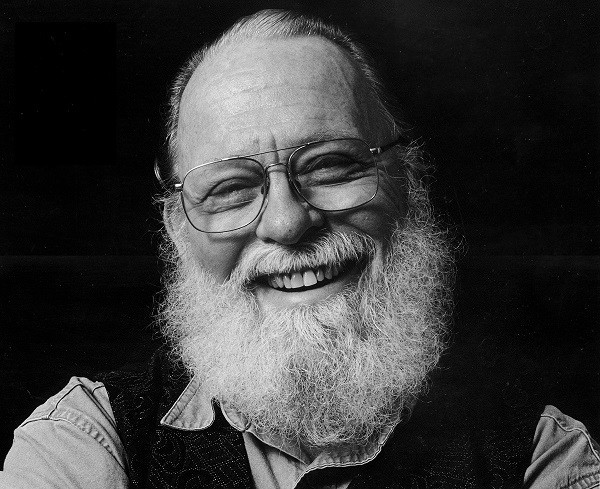
The difference in nomenclature is that a lift is at the end of a phrase. A detached eighth-note is a sixteenth-note of sound followed by a sixteenth-note of rest, for example. Think of a detached note as one in which half the value is sound and the other half silence. That's how the listener is able to pick it out of the texture. In an imitative piece, the motif (or the subject, if we are discussing a fugue) is always delineated with the same combinations of slurs and detached notes. A combination of slurred and detached notes "shape" the motif. An accent is made by a lift before the note to be accented. The end of a phrase is denoted by a lift (a cessation of sound). Again, articulation is the key.Īrticulation is the technique of bringing out melodic lines and motifs by way of finger action rather than volume.
#PDQ BACH MANUALS#
The organ can play dynamic levels by changing manuals or adding/subtracting stops, but accents are not possible. The composers assumed the player was familiar enough with the musical idiom of the day that a tempo marking would be superfluous (and an insult!). In most music of the 17th- and 18th-centuries, there are no tempo markings. He took it for granted that the player would "know" the proper speed. Staccato notes are an editor's attempt to indicate articulation. The harpsichord is unable to play loud and soft, unable to make accents, etc. Bach wrote these pieces to be played on the harpsichord (or the organ). And it's easy to paint out all the garbage with Liquid Paper.īy garbage, I mean: dynamic markings, tempo markings, metronome speeds, slurs, staccatos, and accents. I use this edition, however, because the price is right. Those of you who know my preference for Urtext editions will be surprised, since Herr Professor Bischoff's edition is fairly highly-edited. I usually use the Kalmus edition (#02000), edited by Hans Bischoff. Generally of only two voices (but sometimes three), these are pieces short but challenging. Bach's "Little Preludes" are an excellent start. Prior to fugue study, I recommend extensive time spent in imitative music. Hard to believe that in his day he was a little-known local performer, occasional composer for his local churches, and organ tester.

Why not? All composers go there to learn! If there is only one "master" of music, it is Bach. I believe it is best to go right to Bach. A student needs to have understanding of harmonic structure (I, V) and intervals, articulation (lifts), ability to hear melodic lines buried in the texture, finger dexterity to bring these voices to the fore one after another, a good work ethic, and perseverance. Generally, students do not study fugues until at least three years of study. Not only are there a lot of notes, but the structure is incredibly dense, entwined, and alarmingly cerebral! Fugues are one of the most challenging of musical forms.


 0 kommentar(er)
0 kommentar(er)
